3-(2,6-二氯苯基)-5-甲基异唑-4-甲酰氯, 99%,3-(2,6-Dichlorophenyl)-5-methylisoxazole-4-carbonyl chloride
产品编号:西域试剂-WR199677| CAS NO:4462-55-9| 分子式:C11H6Cl3NO2| 分子量:290.53
本网站销售的所有产品仅用于工业应用或者科学研究等非医疗目的,不可用于人类或动物的临床诊断或者治疗,非药用,非食用,
| 英文名称 | 3-(2,6-Dichlorophenyl)-5-methylisoxazole-4-carbonyl chloride |
|---|---|
| CAS编号 | 4462-55-9 |
| 产品熔点 | 94-96ºC |
| 产品沸点 | 390.9ºC at 760mmHg |
| 产品密度 | 1.472g/cm3 |
| 精确质量 | 288.94600 |
| PSA | 43.10000 |
| LogP | 4.33580 |
| 外观性状 | 黄色至棕色粉末 |
| 折射率 | 1.584 |
相关文档
化学品安全说明书(MSDS)
下载MSDS质检证书(COA)
相关产品
| 危害码 (欧洲) | C:Corrosive; |
|---|---|
| 风险声明 (欧洲) | R34 |
| 安全声明 (欧洲) | S26-S36/37/39-S45 |
| 危险品运输编码 | UN 3261 |
| 海关编码 | 2934999090 |
Synonym: Section 2 - COMPOSITION, INFORMATION ON INGREDIENTS
Risk Phrases: 34 Section 3 - HAZARDS IDENTIFICATION EMERGENCY OVERVIEW
Causes burns.Moisture sensitive. Potential Health Effects Eye: Causes eye burns. Skin: Causes skin burns. Ingestion: Causes gastrointestinal tract burns. Inhalation: Causes chemical burns to the respiratory tract. Chronic: Not available. Section 4 - FIRST AID MEASURES Eyes: Immediately flush eyes with plenty of water for at least 15 minutes, occasionally lifting the upper and lower eyelids. Get medical aid immediately. Skin: Get medical aid immediately. Immediately flush skin with plenty of water for at least 15 minutes while removing contaminated clothing and shoes. Ingestion: Do not induce vomiting. Get medical aid immediately. Inhalation: Get medical aid immediately. Remove from exposure and move to fresh air immediately. If not breathing, give artificial respiration. If breathing is difficult, give oxygen. Notes to Physician: Treat symptomatically and supportively. Section 5 - FIRE FIGHTING MEASURES General Information: As in any fire, wear a self-contained breathing apparatus in pressure-demand, MSHA/NIOSH (approved or equivalent), and full protective gear. Extinguishing Media: Use foam, dry chemical, or carbon dioxide. Section 6 - ACCIDENTAL RELEASE MEASURES General Information: Use proper personal protective equipment as indicated in Section 8. Spills/Leaks: Vacuum or sweep up material and place into a suitable disposal container. Section 7 - HANDLING and STORAGE Handling: Do not breathe dust, vapor, mist, or gas. Do not get in eyes, on skin, or on clothing. Use only in a chemical fume hood. Storage: Store in a cool, dry place. Store in a tightly closed container. Corrosives area. Store under nitrogen. Section 8 - EXPOSURE CONTROLS, PERSONAL PROTECTION Engineering Controls: Facilities storing or utilizing this material should be equipped with an eyewash facility and a safety shower. Use adequate ventilation to keep airborne concentrations low. Exposure Limits CAS# 4462-55-9: Personal Protective Equipment Eyes: Not available. Skin: Wear appropriate protective gloves to prevent skin exposure. Clothing: Wear appropriate protective clothing to prevent skin exposure. Respirators: Follow the OSHA respirator regulations found in 29 CFR 1910.134 or European Standard EN 149. Use a NIOSH/MSHA or European Standard EN 149 approved respirator if exposure limits are exceeded or if irritation or other symptoms are experienced. Section 9 - PHYSICAL AND CHEMICAL PROPERTIES Physical State: Solid Color: off-white - pale yellow Odor: Not available. pH: Not available. Vapor Pressure: Not available. Viscosity: Not available. Boiling Point: Not available. Freezing/Melting Point: 94 - 96 deg C Autoignition Temperature: Not available. Flash Point: Not available. Explosion Limits, lower: Not available. Explosion Limits, upper: Not available. Decomposition Temperature: Solubility in water: Specific Gravity/Density: Molecular Formula: C11H6Cl3NO2 Molecular Weight: 291 Section 10 - STABILITY AND REACTIVITY Chemical Stability: Not available. Conditions to Avoid: Incompatible materials, exposure to moist air or water. Incompatibilities with Other Materials: Strong oxidizing agents, bases, alcohols. Hazardous Decomposition Products: Hydrogen chloride, chlorine, nitrogen oxides, carbon monoxide, carbon dioxide. Hazardous Polymerization: Has not been reported Section 11 - TOXICOLOGICAL INFORMATION RTECS#: CAS# 4462-55-9 unlisted. LD50/LC50: Not available. Carcinogenicity: 3-(2,6-Dichlorophenyl)-5-methylisoxazole-4-carbonyl chloride - Not listed by ACGIH, IARC, or NTP. Section 12 - ECOLOGICAL INFORMATION Section 13 - DISPOSAL CONSIDERATIONS Dispose of in a manner consistent with federal, state, and local regulations. Section 14 - TRANSPORT INFORMATION IATA Shipping Name: CORROSIVE SOLID, ACIDIC, ORGANIC, N.O.S.* Hazard Class: 8 UN Number: 3261 Packing Group: III IMO Shipping Name: CORROSIVE SOLID, ACIDIC, ORGANIC, N.O.S. Hazard Class: 8 UN Number: 3261 Packing Group: III RID/ADR Shipping Name: CORROSIVE SOLID, ACIDIC, ORGANIC, N.O.S. Hazard Class: 8 UN Number: 3261 Packing group: III Section 15 - REGULATORY INFORMATION European/International Regulations European Labeling in Accordance with EC Directives Hazard Symbols: C Risk Phrases: R 34 Causes burns. Safety Phrases: S 26 In case of contact with eyes, rinse immediately with plenty of water and seek medical advice. S 36/37/39 Wear suitable protective clothing, gloves and eye/face protection. S 45 In case of accident or if you feel unwell, seek medical advice immediately (show the label where possible). WGK (Water Danger/Protection) CAS# 4462-55-9: No information available. Canada CAS# 4462-55-9 is listed on Canada's NDSL List. CAS# 4462-55-9 is not listed on Canada's Ingredient Disclosure List. US FEDERAL TSCA CAS# 4462-55-9 is listed on the TSCA inventory. SECTION 16 - ADDITIONAL INFORMATION N/A |
|
~84% 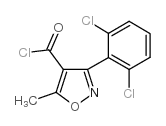
4462-55-9 |
| 文献:Ramana, P. Venkata; Reddy, A. Ram Journal of Heterocyclic Chemistry, 2012 , vol. 49, # 3 p. 621 - 627 |
|
~% 
4462-55-9 |
| 文献:VARDHMAN CHEMTECH LIMITED; GUJRAL, Rajinder Singh; JAIN, Suyog Patent: WO2012/164355 A1, 2012 ; |
|
~% 
4462-55-9 |
| 文献:Ramana, P. Venkata; Reddy, A. Ram Journal of Heterocyclic Chemistry, 2012 , vol. 49, # 3 p. 621 - 627 |
|
~% 
4462-55-9 |
| 文献:Ramana, P. Venkata; Reddy, A. Ram Journal of Heterocyclic Chemistry, 2012 , vol. 49, # 3 p. 621 - 627 |
|
~% 
4462-55-9 |
| 文献:Ramana, P. Venkata; Reddy, A. Ram Journal of Heterocyclic Chemistry, 2012 , vol. 49, # 3 p. 621 - 627 |

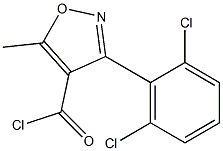
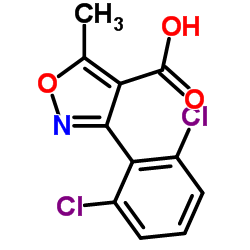
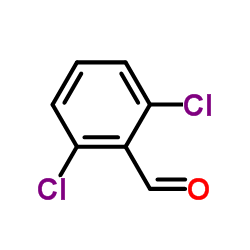
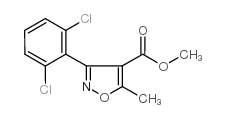
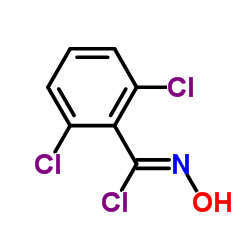
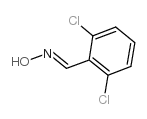
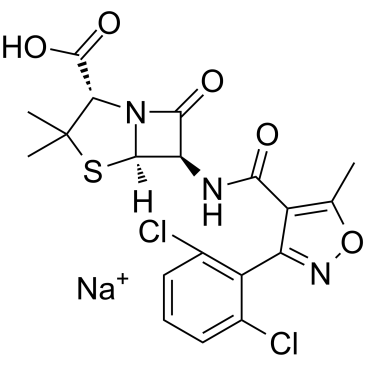





 浙公网安备 33010802013016号
浙公网安备 33010802013016号